How to choose a rain jacket for hiking escapades in wet conditions
Wondering how to choose a rain jacket for hiking? Our expert guide will help you find the perfect match for your budget and chosen activity

Knowing how to choose a waterproof jacket can be a bit dizzying. With so many varieties out there, not to mention the jargon they're all labeled with, it can be difficult to know where to begin. Do you opt for a lightweight jacket or will it fail as soon as a deluge hits? Or, should you go for one with a Gore-Tex Pro membrane, even though it'll cost a pretty penny? How many layers should it have? Two? Three? Decisions, decisions.
If you don't know your Moisture Vapor Transmission Rates from your Hydrostatic Head, don't worry. We're here with our expert guide on how to choose a waterproof jacket, put together by two experienced mountaineers.
How to choose a rain jacket for hiking
When choosing a waterproof jacket, first consider how much you are willing to spend and what your chosen activity is. For a decent hiking waterproof, you shouldn't need to spend in excess of $250 and you can spend much less than this by keeping an eye on sales or buying models that aren't brand spanking new. When it comes to breathable, waterproof membranes, a jacket with Gore-Tex is a good bet, though brands like Columbia and The North Face boast their own membranes too. Look for jackets with a long cut for maximum coverage.
If your hiking adventures involve winter walking in harsh conditions or mountaineering, you'll want to spend a little more to get a really robust shell. Gore-Tex Pro jackets have a very good reputation for quality and durability. If you're going to use a helmet, make sure you get a jacket with a helmet compatible hood.
If you're into trail running and want a jacket you can wear both when bounding around and when taking things a little slower on a hike, a waterproof running jacket can work for most forms of hiking.
Meet the experts
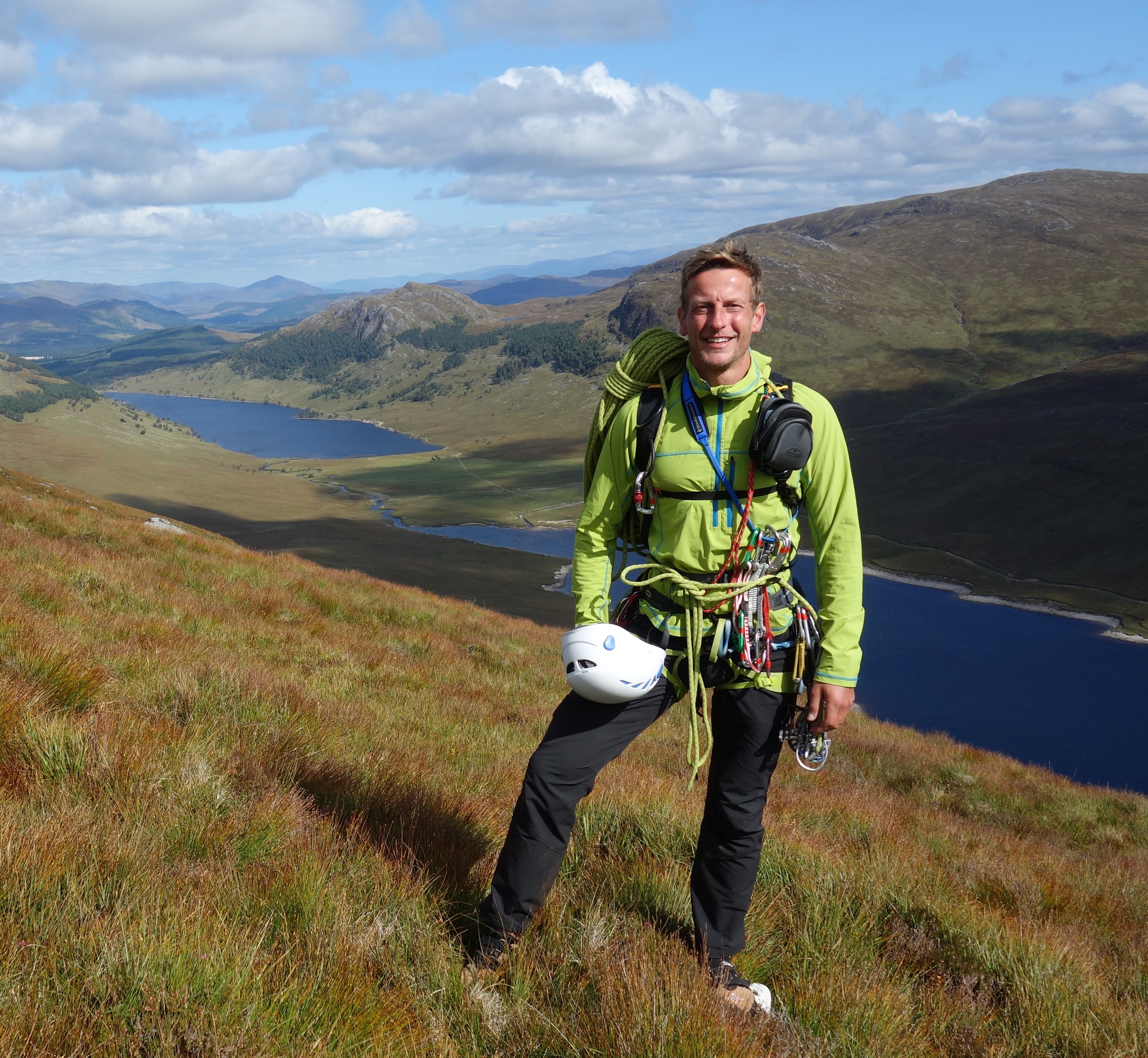
Our former esteemed editor, Kieran is a passionate rock climber and mountaineer. He's enjoyed many mountain adventures, from the Himalayas to the Italian Alps and he now lives in Scotland. He's an expert when it comes to waterproof jackets.
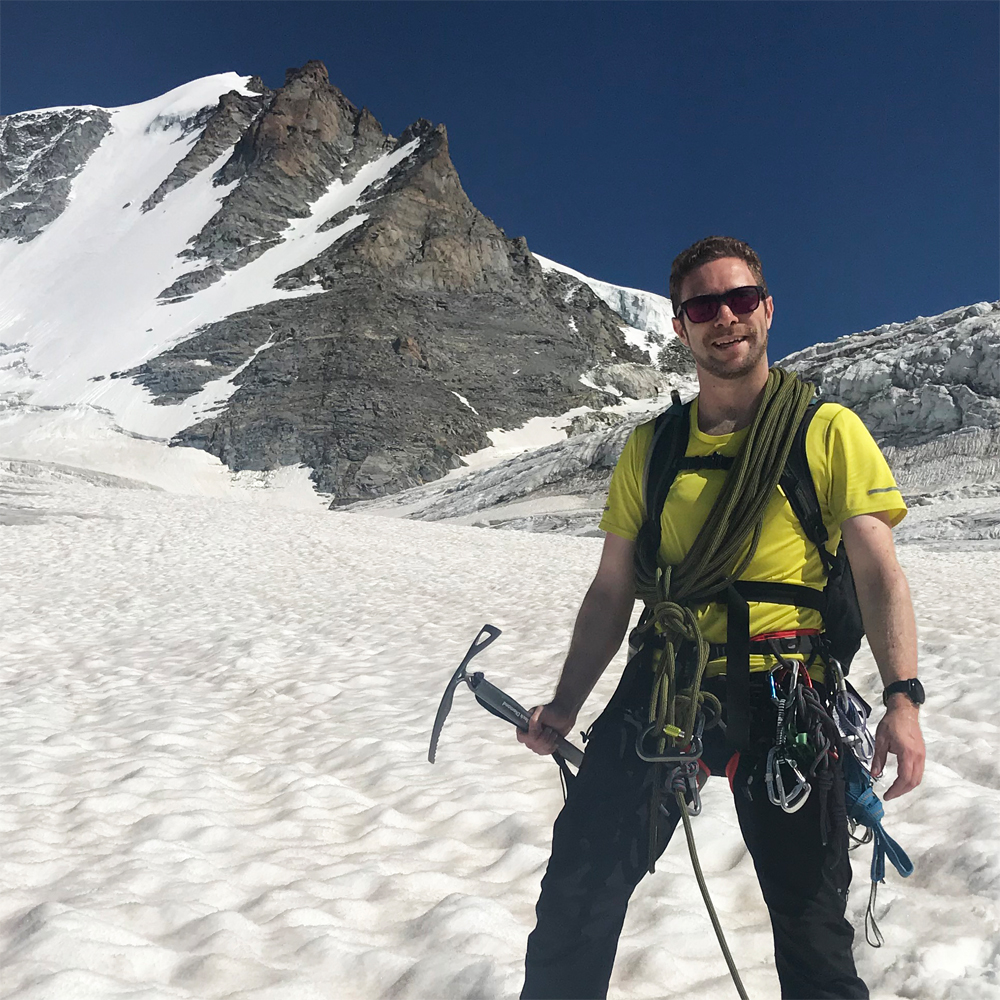
Alex is a Mountain Leader and former President of the London Mountaineering Club. He's passionate about hiking and mountaineering and have tested and reviewed many waterproof jackets in his time. He values freedom of movement and breathability for most adventures.
How can you tell how waterproof a rain jacket is?
- Hydrostatic Head is the measure of a fabric's waterproofness
- The higher the figure, the more water pressure a jacket can withstand
The level of waterproofness a rain jacket for hiking provides is usually measured using the hydrostatic head (HH) test, which measures how much water pressure the fabric is able to withstand in laboratory tests before allowing water to seep through.
But exactly what is hydrostatic head? Hydrostatic head ratings are expressed in millimeters and usually range from 10,000 mm to 30,000 mm – the higher the figure, the more waterproof the jacket will be. An HH rating can apply to every piece of waterproof outdoor equipment, from waterproof hiking pants to your family tent.
All the latest inspiration, tips and guides to help you plan your next Advnture!
The following offers a guide to how you can expect various hydrostatic head ratings to translate into performance on the trails:
10,000 mm HH Solid enough waterproofing to keep you dry in moderate rain but liable to leak if you’re wearing a backpack, which will add to the water pressure placed on the fabric in the back, shoulder, and hip areas. This rating is most commonly found in budget 2-layer jackets or performance-orientated jackets geared towards users who prioritize breathability over waterproofing, or who are unlikely to wear a backpack while doing their sport (i.e. trail runners).

20,000 mm HH This level of waterproofing is usually more than adequate for the needs of most three-season hikers and backpackers. It’s worth noting, however, that the level of breathability provided by jackets with 20,000 mm ratings can vary significantly from model to model.
30,000 mm HH In hiking parlance, jackets with this HH rating are affectionately dubbed “bombproof.” While we wouldn’t recommend putting their resistance to explosives to the test, a 30k HH rating is evidence of waterproofing robust enough to keep you dry in howling gales, snowstorms, on mountaineering expeditions, and when hiking in the kinda conditions where other peeps are wondering whether or not they should be building an ark. Jackets with this HH rating often sacrifice a little in the way of breathability, but exceptions to this rule do exist – those made with Gore-Tex Pro technology are a great example.
What is breathability in a rain jacket?
- A jacket's breathability is its ability to let sweat and body heat escape
- Many brands use the MVTR measure, which indicates how much vapor seeps through the jacket in a 24-hour period
A waterproof jacket's “breathability” refers to its ability to let your sweat and body heat pass through the fabric from inside to out while you’re hiking. Breathability is an essential quality throughout your layering system, from your base layer to your hardshell. Without adequate breathability, your body heat and sweat will be trapped inside your jacket, leaving things feeling mightily sticky and uncomfortable inside. While often overlooked, this feature is every bit as important as waterproofing – particularly for users who participate in high-output activities or who tend to do their hiking in warmer climates. Running jackets are often waterproof but are designed to be as breathable as possible so that runs in the rain don't end up being suffer fests.
Breathability ratings are not standardized, but most brands measure breathability using the Moisture Vapor Transmission Rate (MVTR), which measures how much water vapor seeps through the jacket’s fabric over a 24-hour period. MVTR ratings are shown in product specifications as “g/m²/day” or “g/m²/24h”, and the higher the figure attached to the fabric, the more breathable it will be – i.e., 15,000 g/m²/day means that 15,000 grams of water passed through one square meter of fabric over the course of a day, whereas 30,000 g/m²/day means twice as much water passed through.
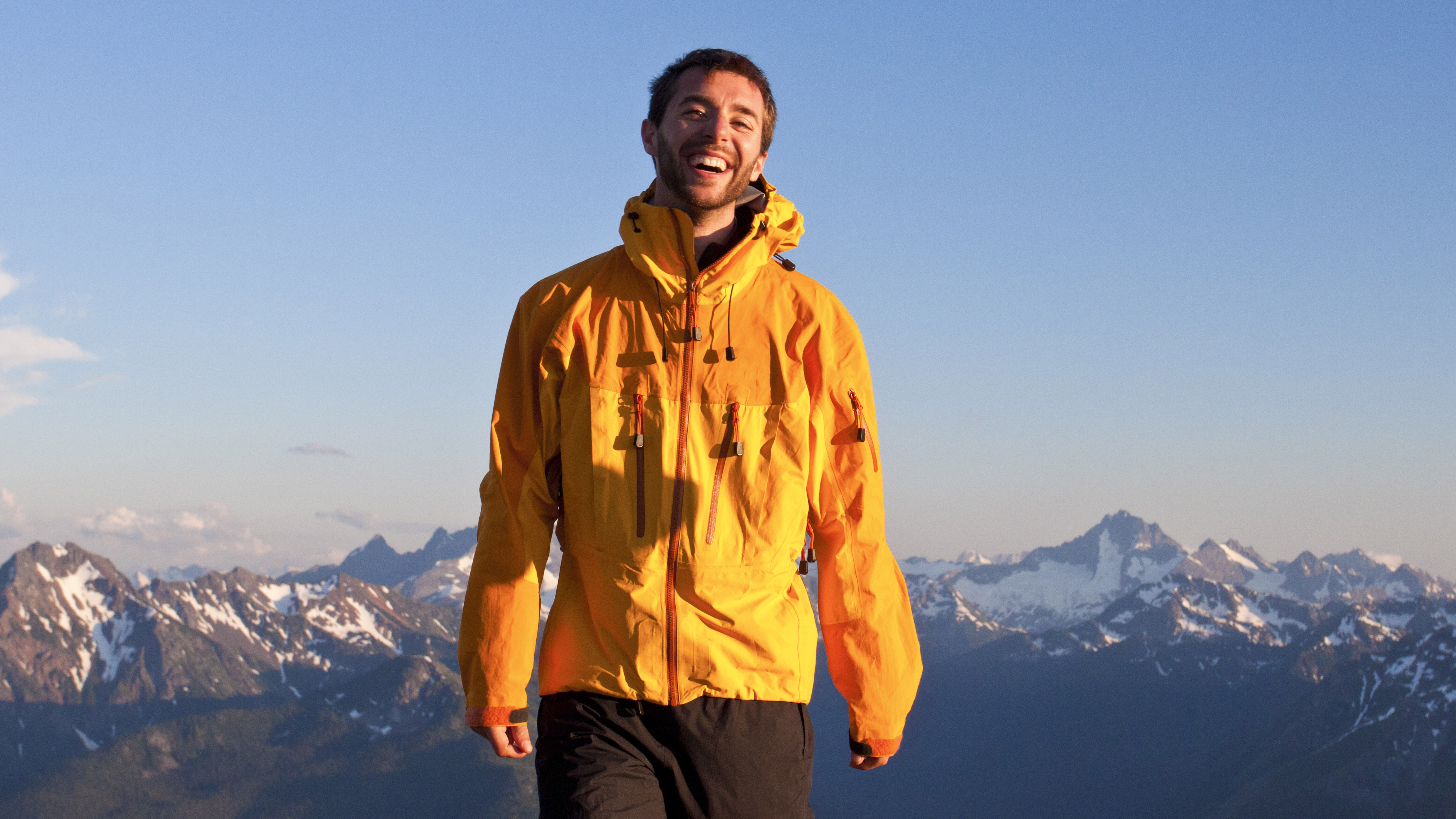
The following provides a better idea of how different breathability ratings translate into performance in the field:
5,000-10,000 g/m2/day – Jackets with MVTR breathability ratings in this range are suitable for low-output activities and general outdoor use but not breathable enough for hiking on steeper and more challenging trails, or in warmer conditions.
10,000-15,000 g/m2/day – Jackets with this rating are ideal for more intense hiking in two- or three-season conditions.
20,000+ g/m2/day – The best bet for use in warmer climates, fast packing, trail running, or hikers who tend to move at a faster clip.
For more on this, check out our breathability ratings explained.
How many layers should a rain jacket have?
- Waterproofs tend to have either 2, 2.5 or 3 layers in their fabric
- The outer layer protects the jacket and is hard-wearing
- The middle layer is the waterproof membrane, such as Gore-Tex
- 3-layer fabrics tend to be the most durable and waterproof but also the most pricey
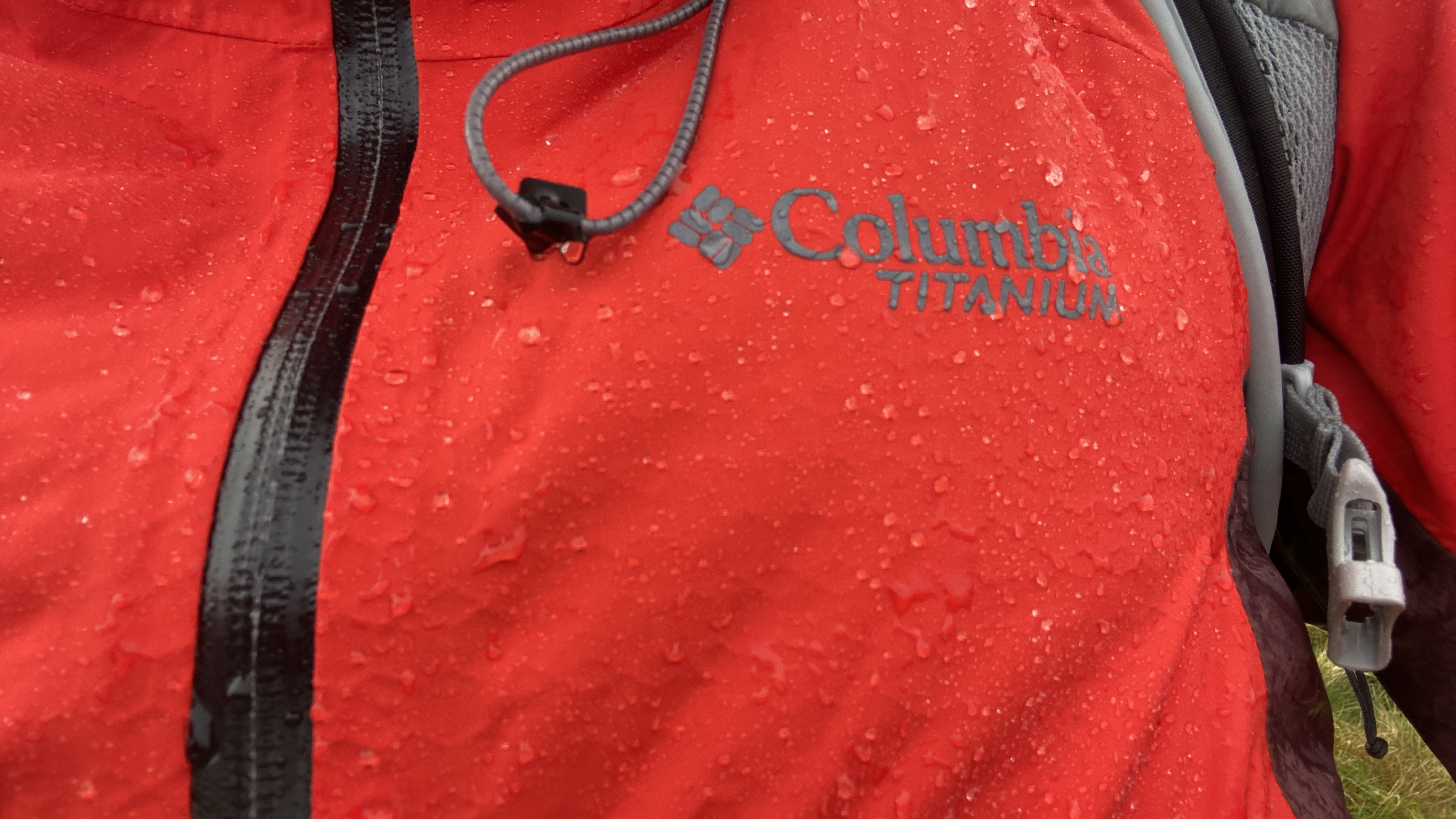
Most rain jackets for hiking use a 2, 2.5, or 3-layer design. While performance levels can vary from model to model, a few more general observations can be made about what you can expect from each type.
3-layer rain jackets comprise an interior lining, an exterior “face” fabric, and a waterproof-breathable membrane sandwiched in the middle. Types of membrane differ – most are Teflon (ePTFE) or polyurethane (PU) – but all fulfil the same purpose – namely, allowing your sweat to escape the jacket’s interior as a vapor whilst preventing rainwater from entering. The internal layer’s main purpose is to protect the waterproof layer, while the outer layer provides abrasion resistance, durability, and structure.
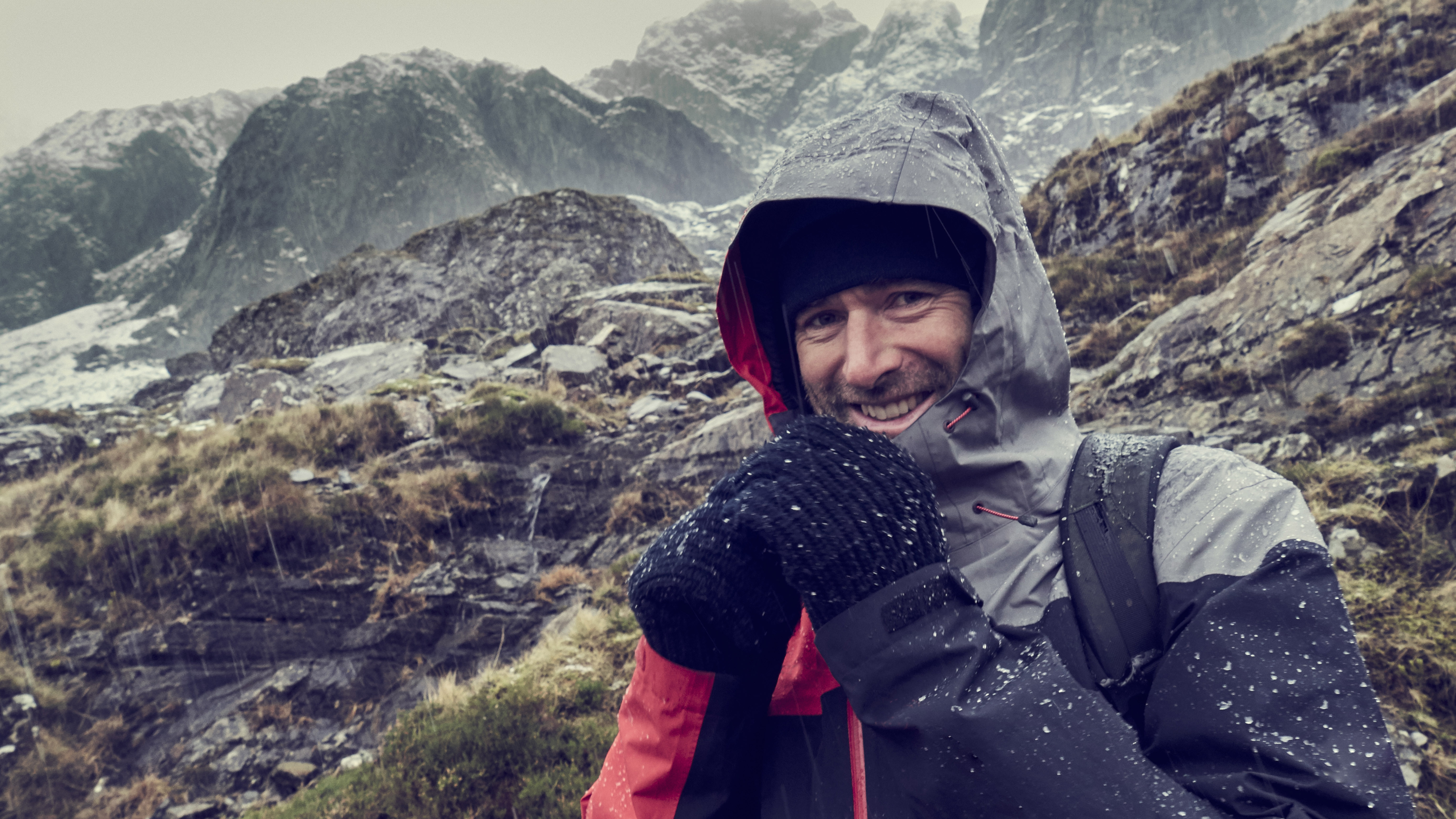
As a general rule, 3-layer jackets are the most durable and the most waterproof option of the three but are often heavier and cost significantly more than their 2.5-layer and 2-layer cousins.
2.5-layer jackets use an ultra-thin laminate (or similar) coating painted on the inside of the shell to enhance waterproofing. Because it’s painted on, this third layer is considered a half layer, hence the “.5”. These jackets are often a fraction lighter than 3-layer models but often lack breathability because their laminate coatings don’t transfer sweat from inside to out as effectively as membranes.
2-layer jackets are the most basic of the bunch, using a waterproof layer bonded to the shell fabric and, in most cases, a detached mesh lining on the inside. While often very comfortable and affordable, 2-layers jackets are usually the least waterproof and breathable, making them a solid bet for general outdoor use but not activities in which performance is a priority.

What is DWR?
- DWR is a treatment applied to the face of the fabric that makes water bead on the surface
- This stops the fabric from wetting out, which hampers breathability
- DWR can be reapplied in the wash cycle
Durable water repellent (DWR) treatments are another vital component to look for when buying a waterproof jacket for hiking. These factory-applied treatments cause water to bead up on the surface of the fabric instead of saturating it, which provides both a “first line of defence” that bolsters the membrane’s ability to keep you dry and prevents the “wetting out” (i.e. saturation) that hampers breathability. This treatment eventually wears off but it can be reapplied in the wash cycle with products like Nikwax.
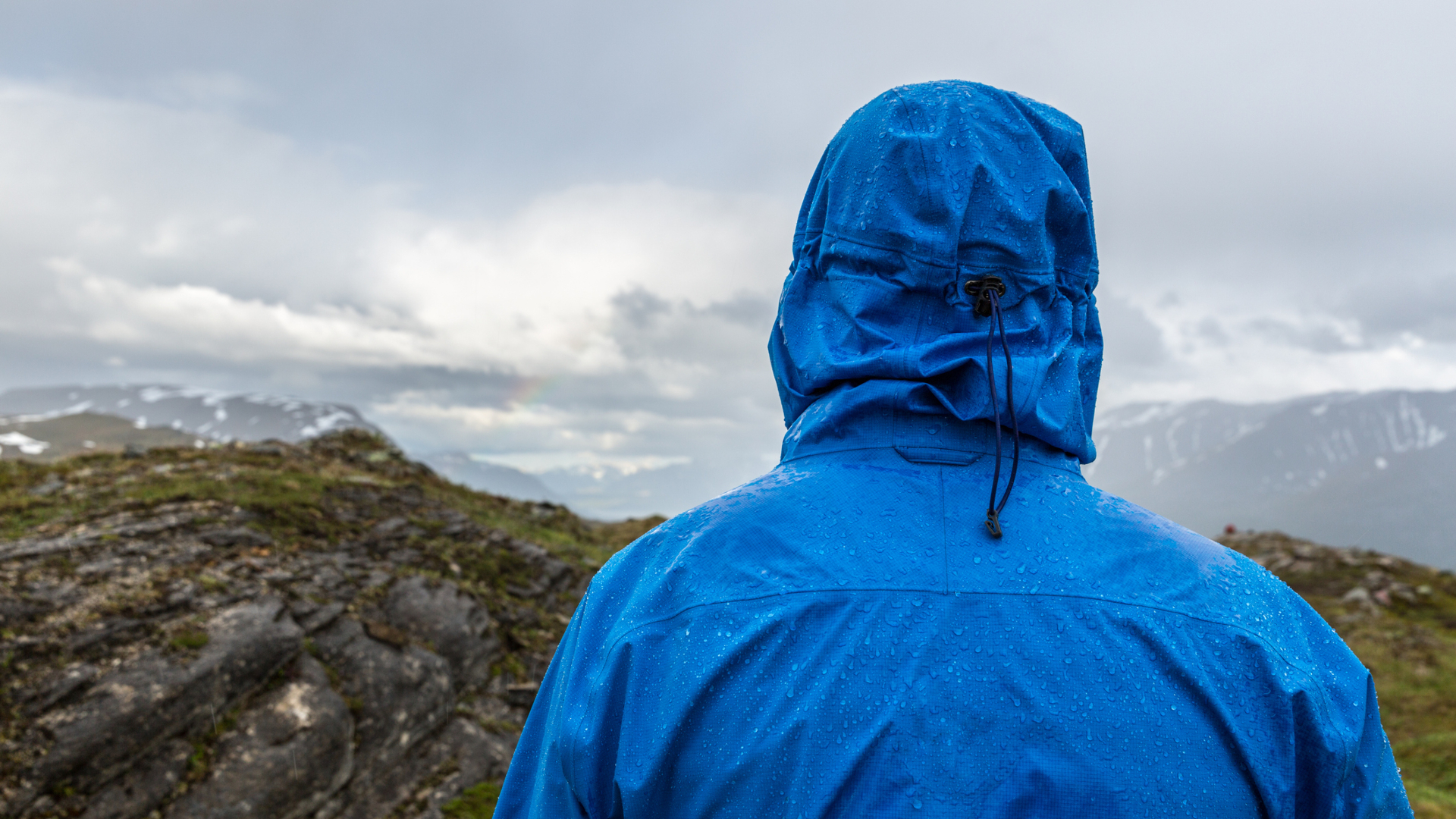
What should I look for in terms of fit and cut for a rain jacket?
Most types of rain jacket for hiking are sized to fit over mid layers, so it’s usually unnecessary to size up unless you anticipate using your jacket in extremely cold climates and wearing a bulky insulating layer like a beefy down jacket.
Some head-scratcher terms you may come across when doing your shopping include:
“Dropped hem” or “drop-tail hem” This means the back of the jacket is cut a little longer than the front. Dropped hems provide more coverage when bending over or stretching and prevent your jacket riding up and exposing your skin or interior layers when wearing a backpack
“Articulation” This means the jacket has been created with a more ergonomic shape that conforms to the contours of your body (usually in the shoulders, arms, and underarms).
“Athletic/slim fit” These jackets have a tighter fit and are usually geared towards use in more aerobic, fast-moving activities. As a result, they often leave less room for internal softshell and mid layers.
“Mountain/standard fit” A roomier fit that’s more accommodating of bulkier mid layers.
“Mobility” This describes how easy it is to move in the jacket. While not a big concern for general hiking, the added mobility provided by stretchy fabric or articulated shoulders and underarms is handy to have for wearers who mix up their hiking with a bit of mountaineering, scrambling, climbing, or skiing.
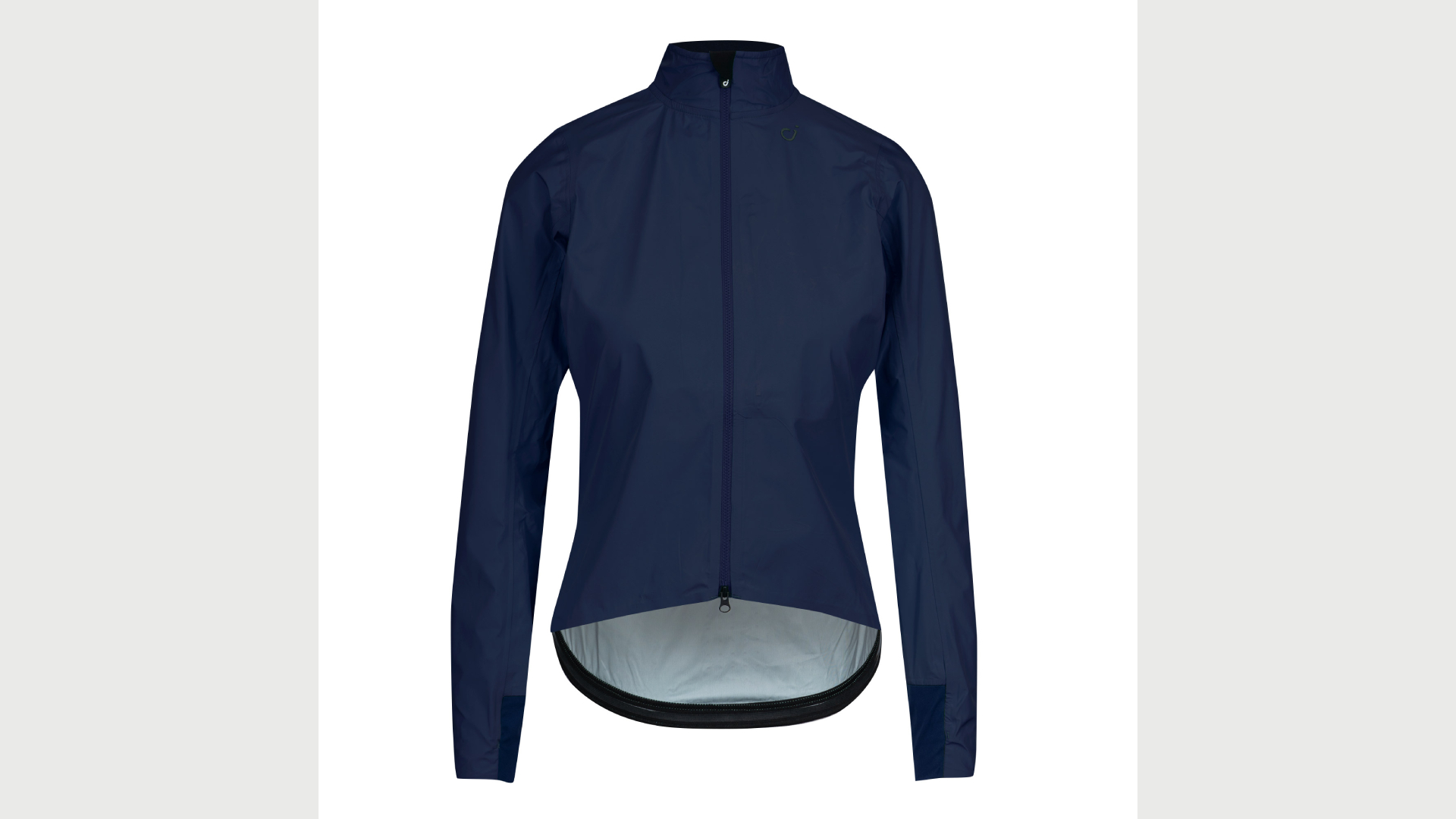
What other features should I look out for in a rain jacket?
Hoods
You may think we’re splitting hairs delving into the details of this seemingly negligible part of a rain jacket for hiking’s overall composition. However, a well-designed and functional hood can make a huge difference to any jacket’s practicality and comfort. The two most important features to look for are wired brims (aka “peaked hoods”) and adjustability. Peaked hoods suspend the front of the hood above and away from your forehead, thus providing a small awning, of sorts, that keeps rainwater out of your eyes – a handy feature to have at any time, but particularly so if you’re hiking in exposed terrain.
Adjustability comes in the form of cinch cords in the neck and rear that let you tighten the fabric over your head. This prevents the hood being blown back on your head by gusts of wind and also means that the hood moves in tandem with your head when you turn, thereby enhancing peripheral vision. Some hoods are also helmet-compatible, meaning they’re big enough to slip over the top of your helmet and hiking hat combo without causing the hem of your jacket to ride up and expose your midriff.

Pockets
Pockets are one of those features that buyers rarely give a hoot about at the time of purchase but frequently bemoan months down the line once they’ve learned just how suboptimal their jacket’s pockets are. Just as with hiking pants, a jacket's array of pockets can be the difference between a garment you cherish or a garment you leave in the cupboard. But what differentiates pockets that are suboptimal from those that are optimal? The most important factors are their size, lining, and placement.
Ideally, a good rain jacket for hiking should have a pair of nicely sized handwarmer pockets (at the hip) to give you the option of protecting your paws from the elements when need be. Once upon a time, the presence of pockets was a given, but these days some manufacturers opt to skip this feature to save on weight. Moral of the story? If you prefer to have somewhere to put your hands when the temps turn south, be sure to check your prospective jacket delivers on this front before clinking ‘buy’. Importantly, these should also be located where you can use them when wearing a pack with a hip belt, meaning a little closer to your chest than the pockets on a normal jacket.
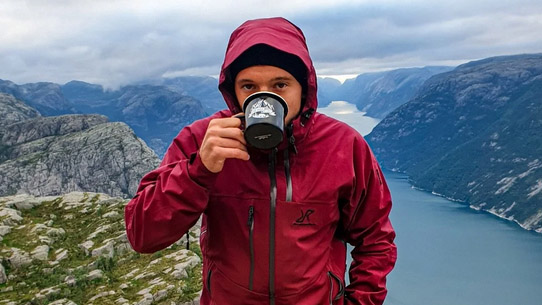
In addition to the hand pockets, one or two “Napoleon” pockets (those that zip up vertically) in the chest are a handy addition, giving you somewhere to stow your phone, map, GPS device or any hiking technology you want to be easily accessible.
With regard to the lining, there are two options – mesh or regular fabric. Mesh-lined pockets maximize breathability and offer an added ventilation option when hiking in hot and humid conditions. Fabric-lined varieties, on the other hand, are warmer and less easy to rip but hamper breathability by creating a further layer for your perspiration and body head to pass through.
Zippers
To ensure your defenses against the elements don’t have any weak points, look for waterproof zippers or those covered with a “stormproof” seal, i.e. extra material that can be secured over the zipper with Velcro or buttons.
Pit zips
These are useful ventilation features located in the armpit that let you increase ventilation by letting out steam from one of your anatomy’s sweatiest regions – the armpits – without exposing your interior layers to rain. Pit zips are particularly handy if you do a lot of your hiking in warmer conditions.
Cuffs
Velcro or elasticated? While both types will stop water sneaking into your jacket at the wrist, only Velcro cuffs give you the option of loosening the cuff to boost ventilation when things start getting a little sticky inside and can also accommodate a thicker pair of gloves in cooler conditions. However, elasticated does give you faster access to your best GPS watch, so it's really down to personal preference.
Former Advnture editor Kieran is a climber, mountaineer, and author who divides his time between the Italian Alps, the US, and his native Scotland.
He has climbed a handful of 6000ers in the Himalayas, 4000ers in the Alps, 14ers in the US, and loves nothing more than a good long-distance wander in the wilderness. He climbs when he should be writing, writes when he should be sleeping, has fun always.
Kieran is the author of 'Climbing the Walls', an exploration of the mental health benefits of climbing, mountaineering, and the great outdoors.

